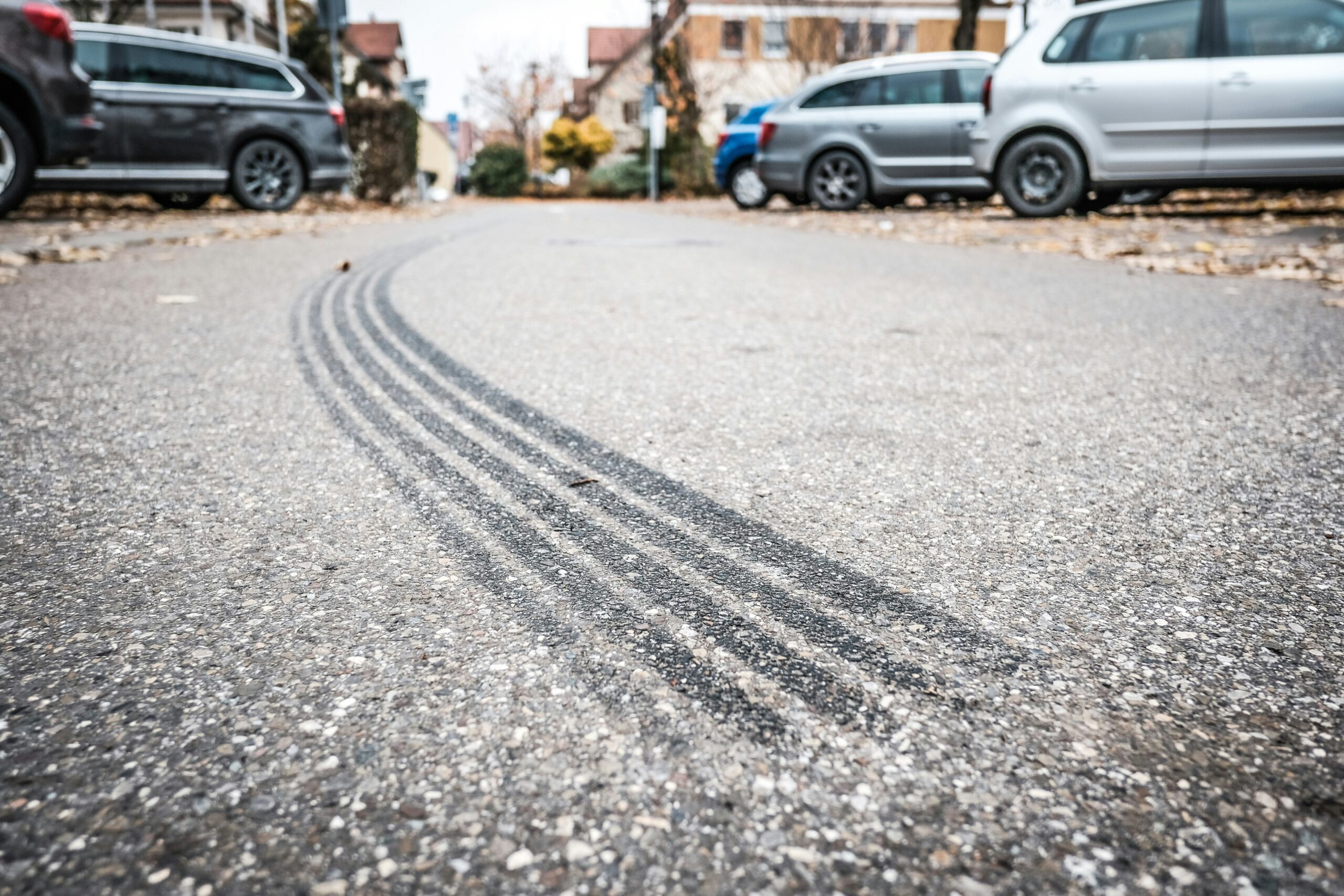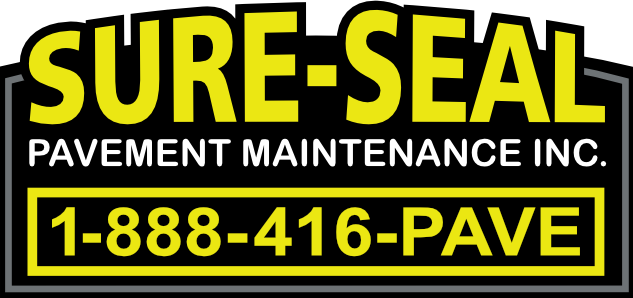
If you just recently repaved, repaired, or applied a fresh layer of sealcoat to your commercial asphalt pavement, you may already be noticing unsightly tire scuff marks. Not to worry, though, because scuffing is a fairly common problem that occurs on most asphalt parking lots at one point or another, especially during peak business season. Although tire scuff marks are an unavoidable part of having an asphalt pavement, you may still find yourself wondering what’s causing them and whether you can do anything to prevent them from happening.
Keep reading to learn all about the five most common causes of tire scuff marks on asphalt pavement.
Freshly Applied Asphalt or Sealcoating
Asphalt pavements are the most vulnerable and flexible in the first few months post application. During this time, the asphalt aggregate is still soft and therefore susceptible to damages, especially if the ground is still warm. Flexibility is important in helping the asphalt retain its durability and extend its lifespan, but it loses this quality as it hardens and cures over time.
Climate Conditions
Most asphalt contractors prefer to apply new overlays or sealcoating around the end of summer or beginning of fall when the temperatures are cooler—and for good reason. Even the highest quality asphalt aggregate requires cooler temperatures to cure properly and become less susceptible to damages caused by external elements. Warm weather allows for more moisture to seep into the ground, which slows down the curing process substantially and makes the newly applied or repaired asphalt more prone to tire marks and other damages.
[button size=”medium” style=”primary single-post-btn skew-button” text=”Get a Free Consultation Now!” link=”Contact Us” target=””]
Weight and Type of Vehicles
Heavy vehicles like RVs, buses, vans, pickup trucks, garbage trucks, delivery trucks, and cargo trucks all place significant pressure on asphalt pavement, especially if it’s been freshly laid. Weight combined with traffic volume and constant usage can exacerbate asphalt issues and reduce traction between tires and the asphalt, which can lead to scuffing.
People’s Driving Habits
Unfortunately, people’s driving habits are, for the most part, out of your control. But poor driving habits like speeding, hard breaking, and executing sharp turns can actually increase the appearance of skid marks and scuffing on your brand new asphalt pavement. Luckily, there are a few measures you can implement to discourage people from engaging in dangerous driving on your property. Installing stop signs, security cameras, speed limit signs, and traffic controlling speed humps are just a few methods of improving safety and driving habits.
Types of Tires
Certain tires can also cause scuff marks on your asphalt pavement. Large, weighty tires such as those found on Mac trucks and some pickup trucks are more likely to cause skid marks and other damages than your standard SUV or sedan tires. These are steel-belted radial tires with tough tread patterns that are usually found on large off-road vehicles.
There is some good news! Tire scuff marks aren’t necessarily permanent. They actually start to fade on their own after a few months and as your asphalt continues to age and harden over time, they’ll be even less prevalent.
If you need asphalt paving and repair services in Toronto or the GTA, the expert asphalt contractors at Sure-Seal Pavement Maintenance Inc. can help. From installing asphalt overlays to performing in-depth repairs, all of our work and materials is backed by our comprehensive seven-year warranty. Contact us today to learn more!

